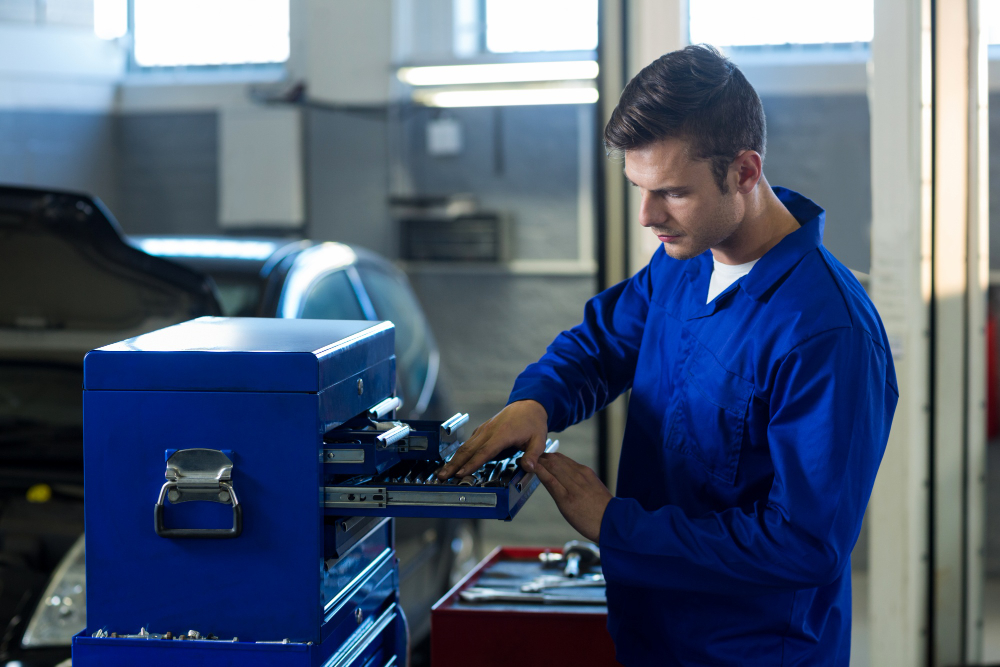How to Build 3D Printing Prototypes in the Automotive Industry?




The automotive sector thrives on innovation, speed, and precision. Developing new vehicle components requires rapid design cycles and reliable testing before reaching mass production. Traditional methods of prototyping are often time-intensive and costly, making additive manufacturing a powerful alternative. Today, 3d printing for automotive prototypes allows manufacturers to accelerate development, reduce expenses, and experiment with complex designs that were once impractical to produce.
From initial design concepts to finished test-ready parts, prototyping in automotive industry processes have been transformed by additive manufacturing. Let’s explore how engineers and designers can build effective 3D-printed prototypes for vehicles while meeting the industry’s high standards of safety, performance, and quality.
The foundation of every prototype is a well-developed digital model. Engineers begin by creating detailed designs that capture the geometry and functional requirements of the part.
The next stage involves selecting the right material and 3D printing technology based on the prototype’s end-use. Different techniques serve different goals in 3d printing for automotive industry applications.
Choosing the right material directly impacts the mechanical properties, appearance, and performance of prototypes, ensuring they align with testing requirements in automotive prototype manufacturing.
Once the digital model and material are finalized, the prototype moves into the actual printing phase.
Raw 3D prints often require additional steps before they’re ready for use. Post-processing refines the prototype’s look and performance.
3d printing automotive industry solutions cover a wide range of applications that benefit manufacturers, suppliers, and even restoration specialists.
These applications highlight how prototyping in automotive industry processes have become more adaptable, efficient, and aligned with modern design demands.
As additive technologies evolve, the role of 3D printing in automotive prototype manufacturing will continue to grow. AI-driven optimization, improved material options, and more affordable metal printing will expand possibilities for high-performance, end-use components.
Looking ahead, 3d printing for automotive industry processes won’t just complement traditional prototyping—they will increasingly replace them, offering faster, more sustainable, and more versatile production capabilities.
Building prototypes in the automotive sector requires a structured approach: designing digital models, choosing materials, printing with the right technology, and refining parts through post-processing. With these steps, prototyping automotive has become faster, more cost-effective, and more innovative than ever. By leveraging 3d printing automotive industry capabilities, manufacturers can create functional, test-ready prototypes that set the stage for reliable production and breakthrough designs

Erfahren Sie mehr über 3DPrinterOS — die vertrauenswürdigste 3D-Druck-Management-Software für Hochschulen, Unternehmen und OEMs. Füllen Sie dieses Formular aus, um mit unseren Experten in Kontakt zu treten.
Verwalte den Arbeitsablauf und die Berechtigungen für deine Benutzer
Teilen Sie Dateien und 3D-Drucker mit Benutzergruppen
Steuern Sie Ihre 3D-Druckerflotte über einen Browser
Cloud Slicer und Toolpath Viewer
Buchen Sie jetzt Ihr personalisiertes Assessment und erhalten Sie Ihre kostenlose Testversion.